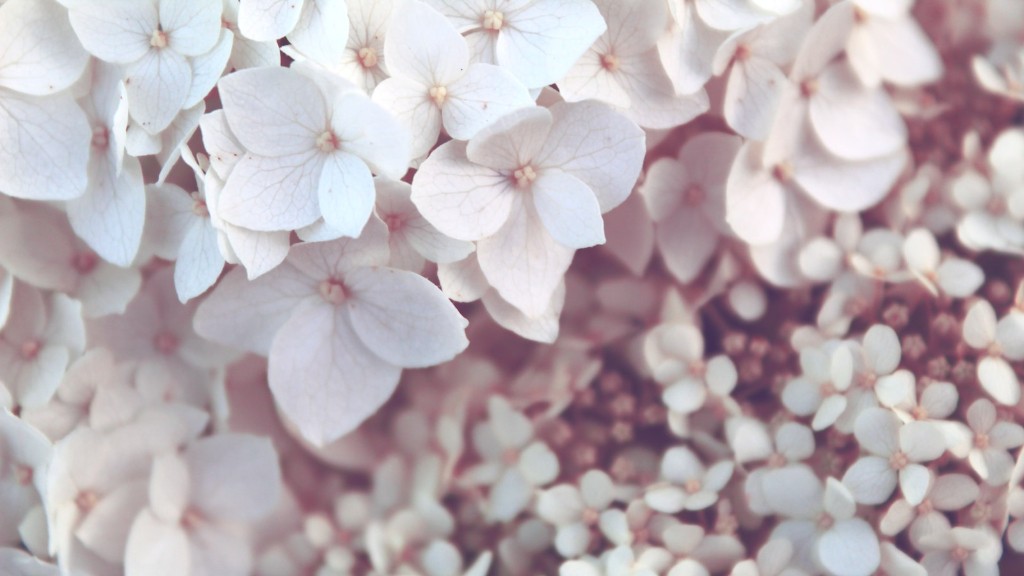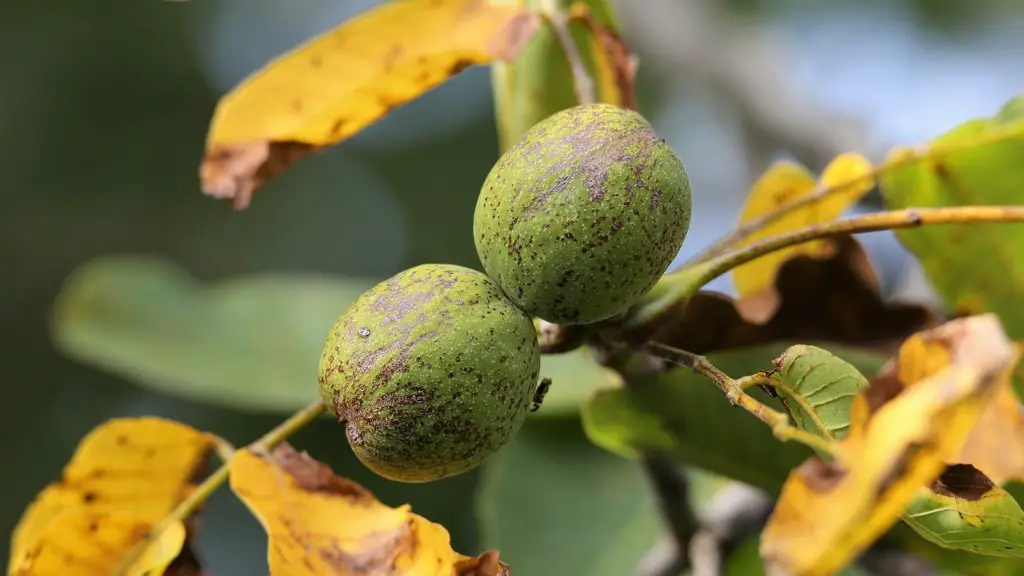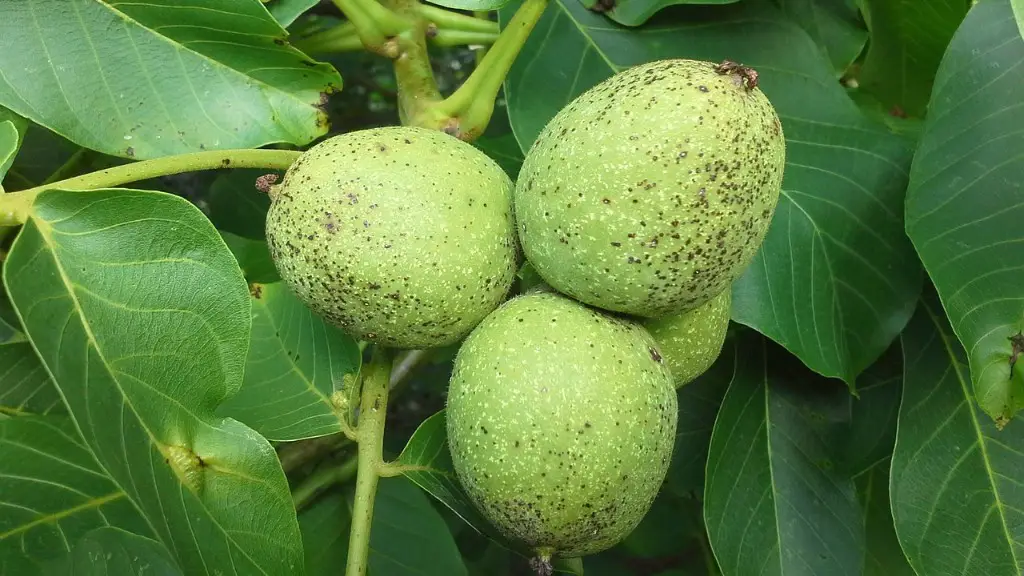The sight of a weeping cherry tree can be quite concerning for many people. Not only is the tree already a stunning sight in full bloom, but this new, unwanted addition can take away from its allure. So why is the tree weeping sap?
The primary cause of a cherry tree weeping sap is stress. Overwatering or lack thereof, strong winds, pest infestation, changes in pH levels, or disease can all contribute to a cherry tree’s stress, which may lead to it weeping sap. Another common reason is freeze damage, particularly in colder climates when ice builds up and impacts the sapsystem of the tree.
The most common insect-related culprit in a weeping cherry tree is aphids. These small insects, which are related to ants, generally come out in more significant numbers when trees are already weakened from other factors, such as weather and climate. Once the tree begins to weaken, aphids will feed on the sap, creating wounds in the tree that eventually begin to ooze sap.
The sap is generally not hazardous to people or animals, and it’s actually a natural response of the tree to heal itself. If the sap is kept on the tree, it will eventually dry and scab over, forming a natural barrier against further insects and fungus. In cases of extreme sap flow, it can be wise to clean the sap up immediately in order to protect the tree from further damage.
In order to prevent a cherry tree from weeping, it’s important to take proper care of it. Watering, fertilizing, and providing proper mulch are all important to keep the tree healthy and free of pests and fungus. If a tree is already stressed, it’s best to consult a professional arborist to diagnose and treat the problem. Removing diseased or damaged branches may help to stop the sap flow.
Though seeing a cherry tree weeping sap can be concerning, it’s important to remember that it’s actually a natural response of the tree to heal itself. Taking proper care of the tree, consulting an arborist for serious cases, and removing damaged branches are all important steps to prevent sap weeping.
What Can I Do if My Cherry Tree Is Weeping Sap?
If your cherry tree is weeping sap, it’s important to take action to help stop the flow. Many times, it’s a natural response to stress, so ensuring proper fertilization, watering, and mulch can help to reduce the stress and sap flow. If the tree is damaged or otherwise weakened, removing dead or damaged branches may help to stop the sap.
In cases of pest infestation, such as aphids, it’s best to consult a professional arborist. A professional can help diagnose and treat the problem, generally with a mixture of insecticide and nutrient treatments. These treatments can help to stop the sap flow, as well as help the tree stay healthy and strong.
In cases of severe sap weeping, it’s important to clean up the sap immediately. This can help protect the tree from further damage, as well as help to reduce the risk of contamination. Removing sap immediately can also help to reduce the stress of the tree, which can help to stop the sap flow.
What are the Benefits of a Weeping Cherry Tree?
Though caring for a weeping cherry tree can be difficult, it is well worth the effort when it comes to the rewards it can provide. Not only is the tree stunning year round, but it can actually help to provide shelter for animals and insects, as well as help to reduce air pollution and increase oxygen levels.
The primary benefit of a weeping cherry tree is its aesthetic. In spring, the tree will be covered in beautiful, white blossoms, and in the summer, lush green leaves. In the fall, these blossoms will turn to deep red and pink, giving the tree a stunning display of color.
Weeping cherry trees can also provide shelter for many small animals and insects, such as birds and butterflies. These creatures find refuge in the leaves and branches during times of inclement weather or cold. Additionally, weeping cherry trees can help to reduce air pollution and increase oxygen levels by absorbing harmful gases like carbon dioxide and releasing oxygen, which helps to improve air quality.
What are the Different Types of Weeping Cherry Trees?
There are a variety of different types of weeping cherry trees, each with its own benefits. The most popular type of weeping cherry tree is the Japanese weeping cherry, which is often referred to as a “higan” cherry tree. This tree is known for its profusion of pink and white flowers and deep green foliage.
Weeping Japanese snow fruit and clown trees are both smaller varieties of the classic Japanese weeping cherry tree. These trees are known for their smaller size, but they still offer the same stunning beauty in spring and summer. Despite their smaller size, they still need the same care and provide similar benefits.
The British weeping cherry tree is another popular choice, and is known for its deep red flowers and dark green leaves. This tree is slightly larger than the Japanese weeping cherry, and is often used for decoration in gardens, parks, and public spaces. Finally, the Korean weeping cherry tree is known for its stunning display of white flowers and purple fingertips. It blooms early, usually before the Japanese weeping cherry, and is a popular choice for landscapers.
What are the Best Practices for Caring for a Weeping Cherry Tree?
Caring for a weeping cherry tree is not difficult, but there are some best practices to ensure the tree stays healthy and thriving. First and foremost, it’s important to water the tree regularly, ensuring that the soil is moist but not wet. Fertilizing and mulching the soil can also help to keep the tree healthy and encourage growth.
It’s also important to keep the tree properly pruned, as it can help to reduce stress on the tree and prevent pests and fungus from attacking. Dead or diseased branches should also be removed, as they can weaken the tree and lead to sap weeping. Lastly, it’s important to keep an eye out for pests, particularly aphids and caterpillars. If any are spotted, it’s best to consult a professional arborist for treatment.
What are the Common Signs of Weeping Cherry Tree Stress?
It’s important to be aware of the signs of stress in a weeping cherry tree in order to prevent damage and sap weeping. If a tree is not watered or has too much water, it can begin to show signs of stress. Drooping leaves and yellowing of the foliage can also be signs of stress, as well as pest infestation or disease.
Another sign of stress in a weeping cherry tree is sap weeping. This can be an indication of trees weakened by stress, insects, or fungus. Finally, discoloration of the foliage can be an indication of freeze damage, which can cause permanent damage to the tree and even lead to death.
What is the Best Time for Pruning Weeping Cherry Trees?
The best time for pruning a weeping cherry tree is in the late winter or early spring before the tree has begun to blossom. Pruning in the fall is generally not recommended, as it can weaken the tree before winter and leave it vulnerable to cold weather. It’s important to remove dead or diseased branches, as these can negatively impact the tree’s health and cause sap weeping.
It’s also important to remember to never prune more than a third of the tree, as this can put too much stress on the tree and weaken it even further. When pruning, it’s best to make small, precise cuts to reduce damage and ensure the tree looks aesthetically pleasing. Additionally, it’s important to remove any infected branches, as these can lead to sap weeping and permanent damage to the tree.




